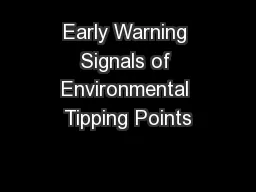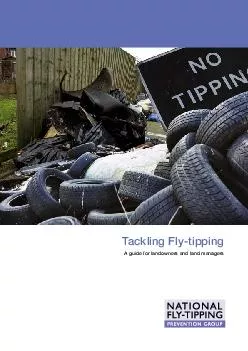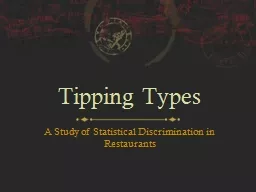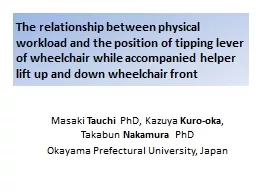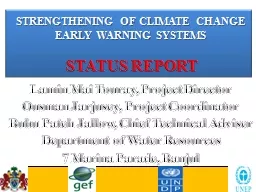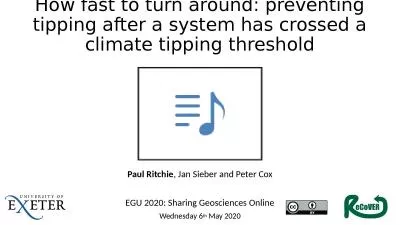PPT-Early Warning Signals of Environmental Tipping Points
Author : test | Published Date : 2016-03-20
Chris Boulton 25 th April 2013 CABoultonexeteracuk cboulton89 cboulton89wordpresscom Tipping Points A bifurcation in the system where a stable equilibrium becomes
Presentation Embed Code
Download Presentation
Download Presentation The PPT/PDF document "Early Warning Signals of Environmental T..." is the property of its rightful owner. Permission is granted to download and print the materials on this website for personal, non-commercial use only, and to display it on your personal computer provided you do not modify the materials and that you retain all copyright notices contained in the materials. By downloading content from our website, you accept the terms of this agreement.
Early Warning Signals of Environmental Tipping Points: Transcript
Download Rules Of Document
"Early Warning Signals of Environmental Tipping Points"The content belongs to its owner. You may download and print it for personal use, without modification, and keep all copyright notices. By downloading, you agree to these terms.
Related Documents

